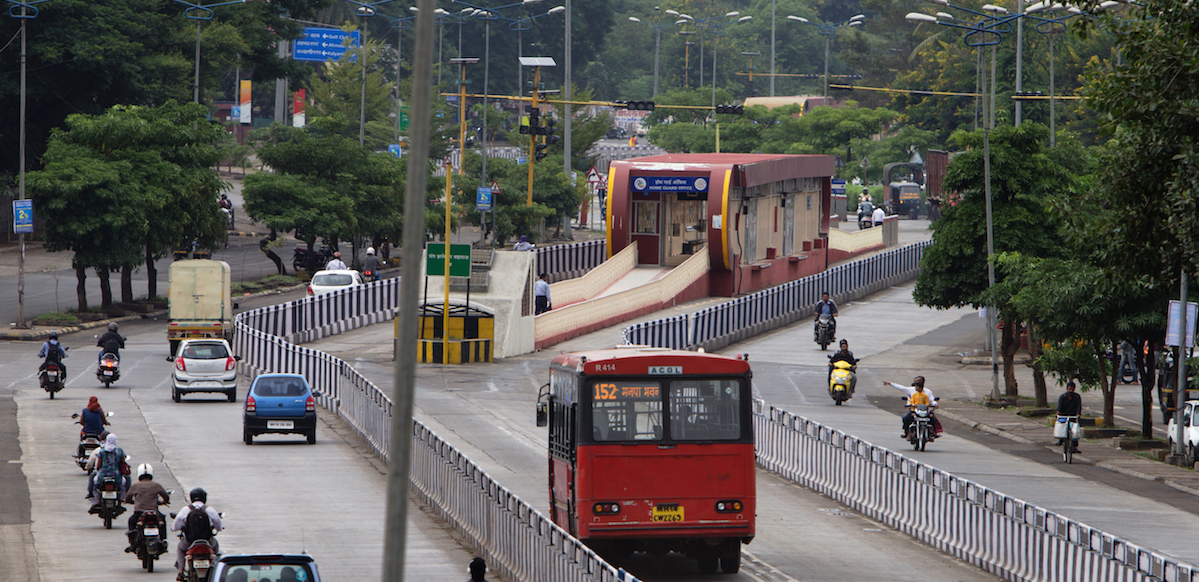India is urbanising at an unprecedented rate. A third of the country’s population—an estimated 380 million people—now lives in its cities. As they cope with this growth, cities are realising that traditional solutions like wider roads and flyovers will not provide a lasting solution to their transport problems. Instead, smart cities the world over are turning toward mass rapid transit systems to provide high quality, efficient mobility. These efforts are the focus of the latest episode of NDTV’s special feature, “Social Innovations for the Future.” The programme explores ways that India’s best practice mass rapid transit solutions—Ahmedabad’s Janmarg BRT system and the Delhi metro—are helping to tackle congestion, reduce pollution, and improve safety.
“The best cities of the world typically have over 40 per cent of all trips by public transport” observes Shreya Gadepalli, Regional Director with the Institute for Transportation and Development Policy (ITDP) in the interview, calling for greater investment in public transport to ensure efficient, dependable, and accessible-to-all service. ITDP estimates that a smart city needs 30-35 km of rapid transit, 200-500 city buses and 80 km of walking and cycling infrastructure for every million urban residents. These infrastructure improvements should be paired with demand management practices, especially parking management, to control the use of personal motor vehicles. As India strives to create smart cities, budget allocations must give priority to walking, cycling, and public transport over personal motor vehicles.
This special feature also includes thoughts of Mr. Venkaiah Naidu, Union Minister of Urban Development, Government of India; Mr. Jagan Shah, Director of the National Institute of Urban Affairs; and Mr. O. P. Agarwal, Director General of the Institute of Urban Transport (India).










